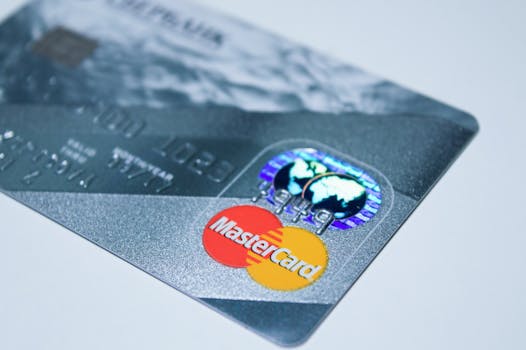What Defines a Modern, Fair Loyalty Program?
Loyalty programs have evolved from simple rewards for repeat customers to complex systems designed to enhance customer engagement and satisfaction. Today, a modern, fair loyalty program is characterized not just by the rewards it offers, but also by how it aligns with the expectations and values of contemporary consumers. This blog post explores the essential elements that define such programs in today's market.
Introduction to Modern Loyalty Programs Modern loyalty programs go beyond the traditional points-for-purchases setup. They are intricately designed to foster a deeper connection between the brand and the consumer, offering rewards that are not only appealing but also meaningful. In the digital age, where consumer expectations are higher than ever, loyalty programs must be flexible, provide substantial value, and respect privacy.
Key Approaches to Loyalty Programs
- Point-Based Systems: This classic model rewards customers with points for each purchase, which can be redeemed for various benefits. While straightforward, these systems must be carefully managed to maintain engagement over time.
- Tiered Rewards: By creating levels of rewards, these programs incentivize increased spending and engagement, offering higher tiers with more exclusive benefits.
- Subscription-Based Models: These programs require a recurring fee and in return, provide a suite of benefits. This model can generate a steady revenue stream and build a committed customer base.
- Value-Driven Programs: Focusing on shared values, such programs might contribute to environmental causes or community projects, appealing to customers who are motivated by ethical considerations.
- Point-Based Systems are user-friendly but can become monotonous without fresh offers or occasional surprises.
- Tiered Rewards effectively encourage more spending but risk excluding less frequent shoppers.
- Subscription-Based Models ensure customer loyalty through continuous engagement but need to consistently deliver value to justify the cost.
- Value-Driven Programs foster a strong emotional connection with the brand, though they must be genuine to avoid skepticism.
Comparing the Advantages and Disadvantages
Practical Examples Consider Sephora’s Beauty Insider program, which successfully uses a tiered system to encourage more frequent purchases while offering tailored rewards that increase customer satisfaction. Alternatively, Amazon Prime combines the subscription model with extensive perks, including fast shipping and exclusive entertainment, making the annual fee worthwhile for many.
Conclusion: Embracing Fairness in Loyalty Programs A truly fair loyalty program is transparent about how points are earned and spent, respects privacy, and offers genuine value without encouraging unnecessary consumption. It’s crucial for brands to design programs that resonate with their customers' needs and desires, promoting loyalty through positive experiences rather than sheer convenience.
In conclusion, modern loyalty programs are powerful tools that reflect a brand’s dedication to its customers. By integrating fairness and thoughtful design, companies can create loyalty programs that not only attract customers but also inspire true loyalty, turning casual buyers into brand advocates. Brands should continuously evaluate and adapt their loyalty programs to ensure they align with evolving consumer values and market conditions.

.png)





